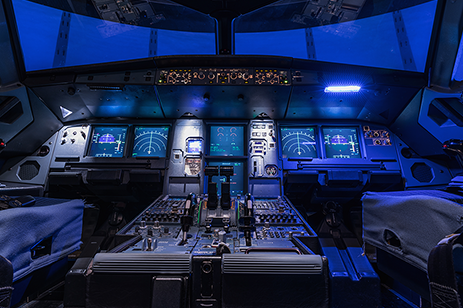
Even though an avionics system integrator’s value-add truly resides at the system and application level, they also frequently undertake the design of bespoke single board computers (SBC) and graphics cards because they cannot find a COTS design that meets the design criteria, certification or qualification rigor required to provide system-level functionality. The cost, risk, and complexity of undertaking the design of safety-certifiable modules can be very high.
COTS hardware suppliers frequently have large design teams that enable them to turn out the latest hardware technologies as standard products with the lower manufacturing costs and purchasing power that comes with higher component volumes. COTS hardware that supports the AC 20-152A/AMC 20-152A standards provides system integrators with the option to certify their end system, if required, using artifacts based on the design process. AC 20-152A/AMC 20-152A defines the means of compliance accepted by the Federal Aviation Authority (FAA) and the European Aviation Standards Agency (EASA) for using the DO-254 safety certification standard for avionics hardware. While AC 20-152A/AMC 20-152A are FAA/EASA accepted means of compliance for commercial aircraft, the standards also address the MIL-MDBK- 516C standard for military avionics, which was written in the context of previous FAA guidance (AC 20-152). This paper delves into the evolution of safety-certifiable COTS module design and its advantages for Military Avionics integrators.


